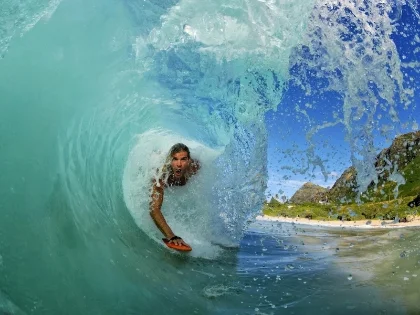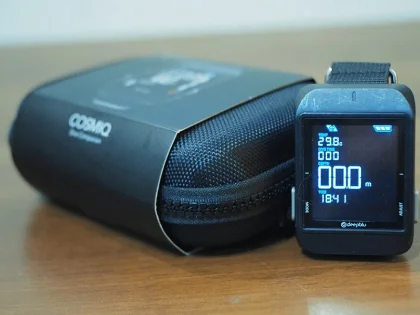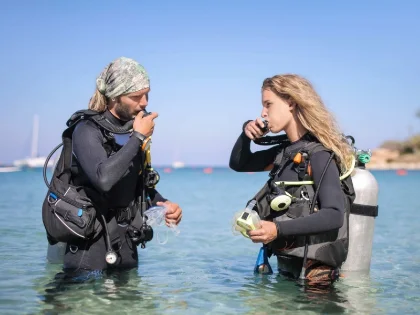Underwater Macro Photography: Capturing The Smallest Sea Life
Beyond simply having a lovely camera, producing captivating underwater macro photos is necessary. To locate and identify these small organisms, you also need to have a sharp eye. Use a steady hand and appropriate buoyancy to avoid the camera moving in a way that will blur your subject. Experiment with your strobe lights to achieve dramatic effects like illuminating the subject and framing shadows.
Tools
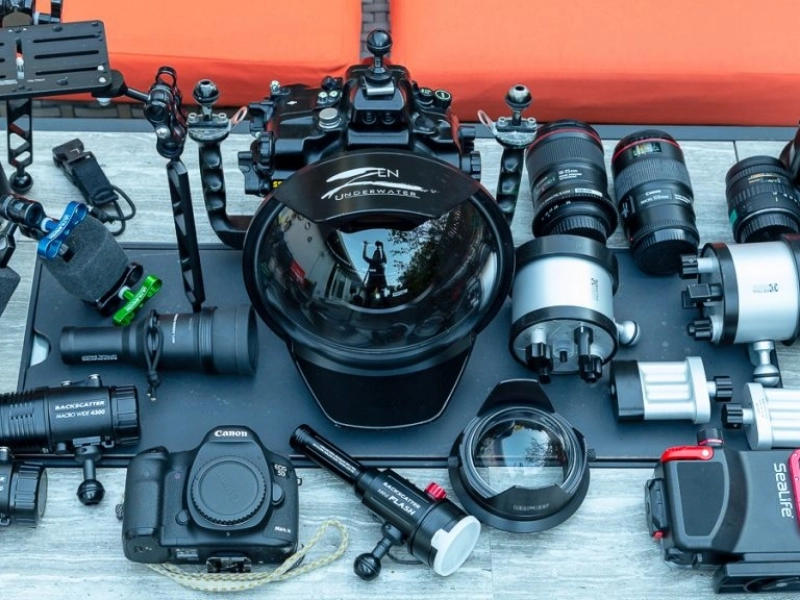
Make-Up
 The requirement to separate a subject from its surroundings makes macro photography difficult at times. This is a crucial component of taking striking and dramatic pictures. Often, distracting bits of flora, reef, or detritus find their way into macro photos, taking away from the overall effect. Two effective strategies are keeping your depth of field small and choosing a shooting angle that minimizes distracting objects.
Creative lighting can also add drama to a scene. Highlighting texture and detail while isolating the subject from its surroundings can be achieved by tilting a strobe light to cast a framing shadow around the subject. It's also possible to achieve dramatic shadows and illumination of the subject using side lighting or backlighting.
Taking up macro photography is a great choice if you're fascinated by the microscopic wonders of the ocean and have always wanted to capture a frogfish or Coleman shrimp underwater. Photographers of all levels may take beautiful macro shots of the sea with the correct gear and a few simple pointers.
The requirement to separate a subject from its surroundings makes macro photography difficult at times. This is a crucial component of taking striking and dramatic pictures. Often, distracting bits of flora, reef, or detritus find their way into macro photos, taking away from the overall effect. Two effective strategies are keeping your depth of field small and choosing a shooting angle that minimizes distracting objects.
Creative lighting can also add drama to a scene. Highlighting texture and detail while isolating the subject from its surroundings can be achieved by tilting a strobe light to cast a framing shadow around the subject. It's also possible to achieve dramatic shadows and illumination of the subject using side lighting or backlighting.
Taking up macro photography is a great choice if you're fascinated by the microscopic wonders of the ocean and have always wanted to capture a frogfish or Coleman shrimp underwater. Photographers of all levels may take beautiful macro shots of the sea with the correct gear and a few simple pointers.
Luminance
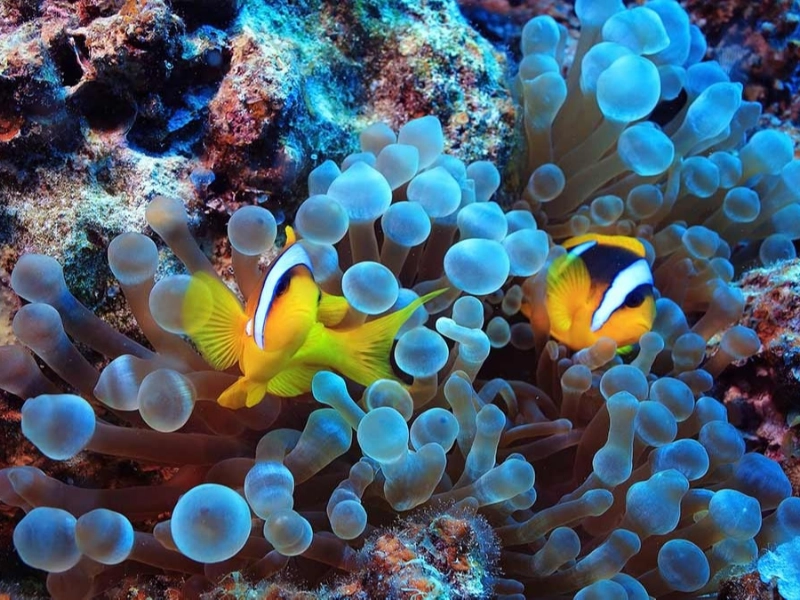 Showcasing the amazing patterns and textures of marine life can be accomplished through underwater macro photography. The secret to taking a stunning macro photo is to enlarge your subject until it takes centre stage. It's crucial to ignore outside distractions and concentrate on your background. To accomplish this, try blurring the background with a smaller aperture.
Using back lighting is another method to add interest to your macro photos. To achieve this, one of your strobes can be removed from the camera and placed behind your subject. You can achieve this by highlighting your subject in the foreground and creating a dark background. This can produce a really artistic impression, particularly when taking pictures of warm-coloured subjects.
Showcasing the amazing patterns and textures of marine life can be accomplished through underwater macro photography. The secret to taking a stunning macro photo is to enlarge your subject until it takes centre stage. It's crucial to ignore outside distractions and concentrate on your background. To accomplish this, try blurring the background with a smaller aperture.
Using back lighting is another method to add interest to your macro photos. To achieve this, one of your strobes can be removed from the camera and placed behind your subject. You can achieve this by highlighting your subject in the foreground and creating a dark background. This can produce a really artistic impression, particularly when taking pictures of warm-coloured subjects.
Concentrate
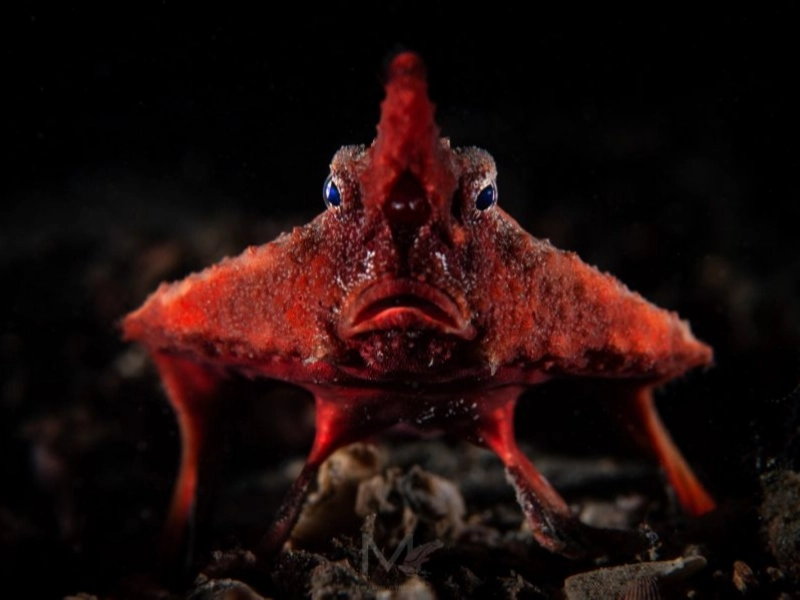 The beauty of macro photography lies in its intricacy. Focusing on a subject's features makes it stand out against the surrounding landscape. The lines and curves of a macro subject can be captivating, whether it's the vivid blue rings of an octopus or the complex patterns of coral.
Lighting is crucial for any kind of photography, but underwater macro photography requires it even more. Since water is 800 times denser than air, light is absorbed very quickly. In order to overcome this, macro photographers will illuminate their subjects with strobes, or artificial light.
Aperture selection is equally important for macro photography. Focusing on the subject is made possible by a blurred background produced by a lower aperture. Tracking focus can be used to follow and maintain attention on moving subjects, such as a blenny opening and closing its mouth or prawns scuttling around an anemone.
The beauty of macro photography lies in its intricacy. Focusing on a subject's features makes it stand out against the surrounding landscape. The lines and curves of a macro subject can be captivating, whether it's the vivid blue rings of an octopus or the complex patterns of coral.
Lighting is crucial for any kind of photography, but underwater macro photography requires it even more. Since water is 800 times denser than air, light is absorbed very quickly. In order to overcome this, macro photographers will illuminate their subjects with strobes, or artificial light.
Aperture selection is equally important for macro photography. Focusing on the subject is made possible by a blurred background produced by a lower aperture. Tracking focus can be used to follow and maintain attention on moving subjects, such as a blenny opening and closing its mouth or prawns scuttling around an anemone.



